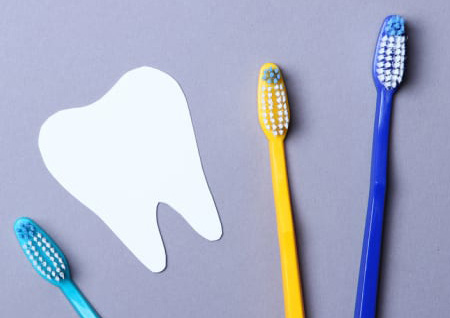What are dental crowns and dental bridges?
Crowns and bridges are dental restorations that your dentist uses to replace missing teeth. They are natural-looking replacements that can be used for a single missing tooth or a section of teeth.
Dental crowns and bridges are often used together. A bridge generally consists of a tooth replacement in the middle and two crowns on either side, that literally bridge the gap of missing teeth. This is effective if the teeth on either side of the missing tooth are healthy enough to support a bridge.
Crowns
A dental crown caps the surface of a tooth, restoring its strength and appearance. It can protect weak teeth, restore broken teeth, cover teeth that are misshapen or discoloured, and secure dental bridges. Crowns can be made of stainless steel, a metal (such as gold), porcelain and metal, resin, or ceramic.
Bridges
Bridges are dental appliances that incorporate crowns and artificial teeth. They help to stabilize surrounding teeth, ensuring they don't shift out of place and fill the gap of missing teeth.
Benefits
- Dental crowns and bridges help support facial tissue
- They make speaking and eating easier
- They prevent the shifting of surrounding teeth, improving the long-term health of your mouth
- They can renew your confidence when smiling with a more uniform appearance
Placing Crowns & Bridges
Your dentist will prepare healthy teeth on either side of the missing tooth. This involves filing them to the shapes and sizes required to allow for the crowns to be placed.
Placing a dental bridge is not surgical, and patients are awake during the procedure. However, if you suffer from dental anxiety, your dentist may offer techniques to reduce your fear or suggest dental sedation as a way to help you relax. Speak to your dentist to see if this is a solution for you.
To ensure your bridge will fit your mouth, your dentist will take measurements and imprints of the surrounding teeth. In some cases, temporary crowns may be made which would need to be removed when the permanent one is being placed.
Your dentist will numb the area receiving the crowns and bridge by using local anesthesia. The bridge will then be cemented in place.
In the case of multiple missing teeth or teeth that aren't able to support the bridge, the bridge could be anchored to dental implants. Your dentist will discuss your options with you.
What to Expect
Recovery time is quite short, with most people adapting to their new replacement teeth immediately.
Crowns and bridges need to be brushed and flossed daily, just like natural teeth. They are quite durable and can withstand normal use such as biting and chewing. If you take proper care of them, they should last about 10 years, making crowns and bridges a great long-term solution for missing teeth.
Do you want to learn more about dental crowns and bridges?
Our network dentists should be able to answer the questions you have.





